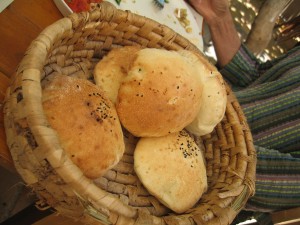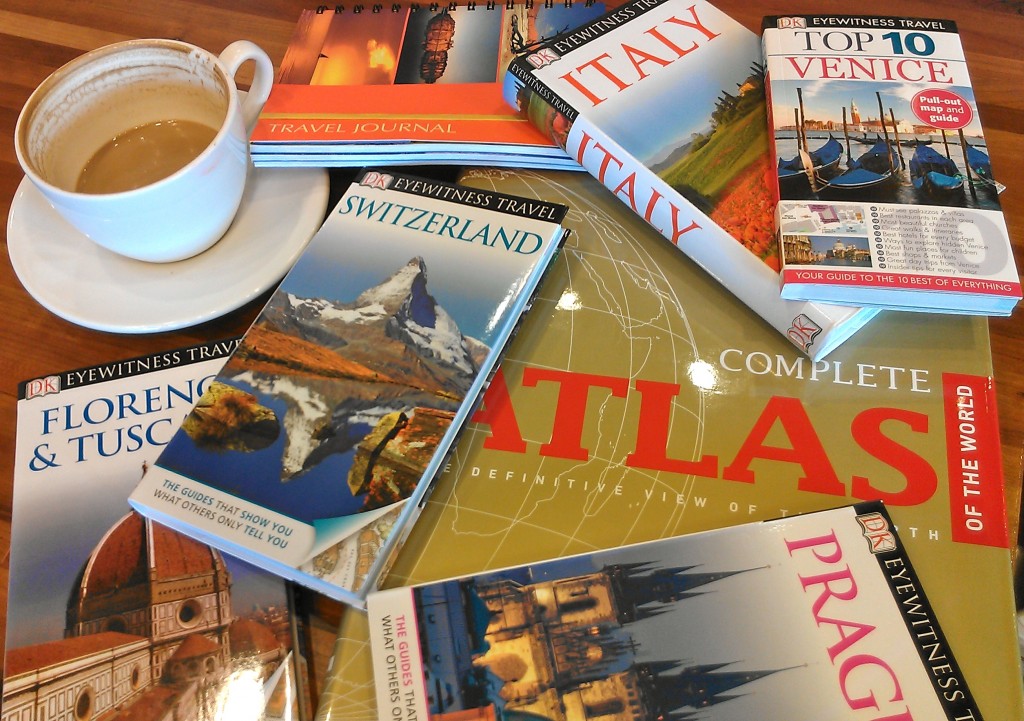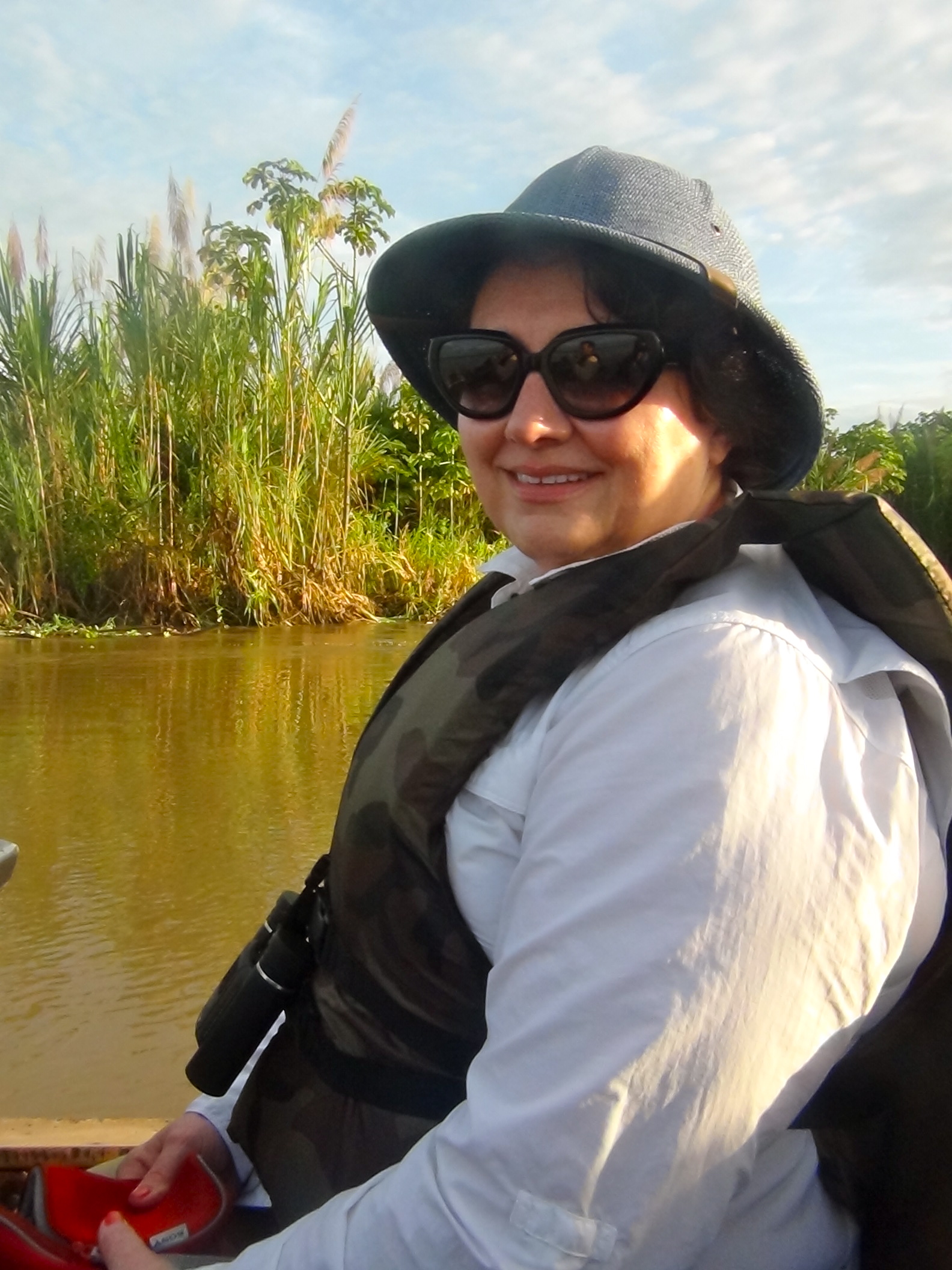Month: July 2013
In twenty-five years of marketing, the two toughest items I produced were billboard copy and photo captions. I’ve now discovered their literary equivalents: book titles and cover copy. These tiny, critical windows are the most-important point-of-purchase components of book sales. So how does an author create compelling book-marketing bits and pieces? Here are a few ideas.
 YOUR BOOK TITLE — Billboards are the “three-second read” in advertising. Drivers glance, absorb four or five words, and either ignore the (very-expensive) board, or act later because something stuck in their minds. Your manuscript title is a literary billboard. How does it perform in the following criteria?
YOUR BOOK TITLE — Billboards are the “three-second read” in advertising. Drivers glance, absorb four or five words, and either ignore the (very-expensive) board, or act later because something stuck in their minds. Your manuscript title is a literary billboard. How does it perform in the following criteria?
- Is every word familiar? Use the simplest English words you can, and replace all but very common foreign words. In Friedman’s The Aleppo Codex, anyone paying attention to Syria’s civil war will immediately pick up the book. Regarding The History of the Arab People by Hourani, his foreign name lends credibility. (These are AWESOME books.)
- Is your title evocative and powerful? Barbery’s The Elegance of the Hedgehog is a great example of an intriguing title. John Le Carre’s A Delicate Truth is another interesting option. I like juxtapositions in titles, or plays on words. But remember, the shorter the better!
- Is your title different? Again, refer to Barbery’s recent work. When did you last see hedgehog on a book cover? Or delicate in the title of a work of suspense, a la Le Carre?
- Does your title convey the essence of what you’re doing? Sometimes I create great titles—but they don’t match my work. Usually the “perfect” title floats from my subconscious. Keep at it until your title is relevant, and consistent with your story. Creating a title is all about condensing.

COVER COPY — Once your title is strong enough to rise from the sea of recent releases, address cover copy. The title and graphics trigger a person to consider the book. But the “sell” comes with the cover copy. Don’t underestimate the importance of this short blurb, which must be perfect.
- How powerful are your words? Look at cover copy from books by favorite writers. They use strong words “indigenous” to the genre. Sentences are crisp. Lean. Study every individual word, and surgically lace them together. Be precise.
- Does this copy convey the gist of your story? Cover copy can be well-written, but a literary rabbit trail. Share enough to trigger a purchase, but not too much. Write in a style consistent with your manuscript, because cover copy should be a sneak preview of what’s to come.
- Does your cover seduce your reader? Cover copy is the come-hither phase of your literary relationship with a potential reader. Be your best, stay true to yourself, and represent your genre well. If you write suspense, be suspenseful. If you write romance, be romantic. If you write horror…well, just don’t get arrested.
Lastly, be prepared for all of this to change if your publisher decides to reposition your work. What is your experience with book titles and cover copy? Do you have suggestions? I’m interested!
(cover art courtesy of amazon.com
I’ve tried NOT to write this blog for a week, but I have to do it. Before I launch, let’s address some facts confirmed by Egyptian government and international media sources, including The Washington Post (http://wapo.st/hvQ55D).
- Tourism makes up 11 percent of Egypt’s economy. In resorts, the percentage is exponentially higher.
- The loss in tourist dollars since Arab Spring is estimated at 1.5 billion annually.
- As Egyptians celebrated freedom from the Muslim Brotherhood, between 91 and 189 women were raped in the streets by men jubilant about “liberty.”
What’s wrong with this picture? Everything.
This is about rights. Simple ones. The right to walk a street. The right to celebrate a victory for humankind. The right to personal safety. The right to be female. The right to a career. (Three Western reporters have been publicly assaulted since Arab Spring “blossomed.”) On a related note, the first “non-white”—The London Telegraph’s term, not mine—Anglican Bishop, Michael Nazir-Ali, says (http://bit.ly/12PLL2I) what’s needed isn’t majority rule, but a Bill of Rights. I pray it covers women, and not just men, and is strictly and heinously enforceable.
 THESE ARE MY RIGHTS—and yours. MY daughter and granddaughter’s. YOUR sister and sister-in-law’s. OUR mother’s. This is not about Muslims, Christians, Jews, or any other religion: rapes are crimes committed by people practicing all beliefs. This is about the gift of being fully HUMAN.
THESE ARE MY RIGHTS—and yours. MY daughter and granddaughter’s. YOUR sister and sister-in-law’s. OUR mother’s. This is not about Muslims, Christians, Jews, or any other religion: rapes are crimes committed by people practicing all beliefs. This is about the gift of being fully HUMAN.
As we pat ourselves on the back about the success of a military overthrow, ask yourself if it’s going to truly make a difference if animals celebrating in Tahrir Square aren’t any better than the Brotherhood they’ve ousted. This region isn’t a poster child for human rights, most particularly if one lacks the Y chromosome. As of now, the military, Morsi’s government, and a percentage of male Egyptians look identical, are equally disgusting, and alarming as hell.
But the patriarchal West looks more kindly on a government that spews placating rhetoric than it did on the most-recent one destined to topple the region. As for me and mine, Egypt remains a “no-go zone” until the two-legged animals are secured in the Giza Zoo. I believe in voting with my dollars, which won’t be spent in Egypt.
It’s time for Egyptians to protect their women, and salvage their international reputation while they still can.
This blog is the second of two. It provides suggestions about writing from memories of a trip you took before knowing you’d be using that travel as a basis for a manuscript. (It’s not an ideal situation, but it happens.) The previous blog, Know Before You Go (http://bit.ly/12A5oYb), covered writing after a research-specific trip.

My first manuscript emerged from a long archaeological survey of Israel and Jordan. My time there was such a mind-blowing experience that ideas, environment, and magnitude of everything I saw, felt, and believed needed to gestate before I could do it justice. I’ll return Spring 2014 to revisit sites, and will then revise my work if necessary.
Fortunately, I kept an extensive journal of the trip, including shots best not shared (such as the one to the left, atop a basalt pillar on the shores of the Dea of Galilee). I also have a dozen atlases of varying types and ages; photographic journals; reams of notes; and a masters degree from seminary covering roughly ten thousand years of history to provide an infrastructure for my memories.
When I drafted the first manuscript, two years after returning to the States, the following elements helped me construct the story from memory, and I recommend them to you.

- Stay up to date on current events. If I had traveled to Syria (I weep for Damascus), my memories would be totally inaccurate after the ongoing, heinous civil war.
- Do rely on Google Earth to confirm what appears in your mind’s eye. And search images on the net, paying special attention to dates to ensure they’re current depictions.
- Think about your adventure. Don’t be afraid to sit at your desk, close your eyes, and picture what you saw. Your writing will be more believable, and your reader will benefit from your attention to detail.
- Did you smell cumin at Haret J’doudna in Madaba, Jordan? Or pita fresh from the oven? Was the wind gentle or fierce when you crossed the pedestrian Pont des Arts bridging the Seine in Paris? While you’re at it, what was curious about the bridge? (The answer is, “padlocks.”) Strive to remember the small things.
- Talk to your travel mates if you weren’t traveling solo. Their perceptions probably differ from yours, or their comments might trigger long-forgotten memories. This is a case where more is better, and I rely heavily on family members who journey with me.
- Plunder their photographic archives. (I seriously hope you take a lot of photos when you travel. Since we’re not tied to film anymore, and digital shots are easily erased, fill multiple memory cards!) Not only will your photos jog your mind, but they’re great to have for marketing later.
With preparation, research, and determination, you can craft convincing settings for your work. Do you have any suggestions about how to write from memory? Remember, I’m interested!
Every time I write, I think about how fortunate I am to be an American. My ancestors immigrated from Scotland and Ireland early in America’s life. I owe them gratitude for that rough transatlantic crossing.
I appreciate my education. The gift of choosing a career. Freedom to build a life anywhere I have the ability and means to build it. Privilege of walking down a street in relative safety.
These treasures are part of my citizenship, something I hold more dearly with each passing revolution, war, and uprising around the globe.
Happy Independence Day! Long may she wave.
(This blog is the first of two, with Friday’s covering writing from previous travels.)
Have you ever read a book set in a place you know, convinced the author hasn’t set foot there? I have, and it’s a future-purchase deal breaker. (Before I proceed, please note historical fiction isn’t as tricky in this aspect as contemporary. Chances are your readers haven’t experienced 1850s London either.)
 Prepping for a Fall 2014 trip with an initial itinerary of 94 days.
Prepping for a Fall 2014 trip with an initial itinerary of 94 days.
I’m committed to writing only about places I’ve been, and know well. When an storyline set somewhere I’m unlikely to go skitters through my mind, I dismiss it. I’ve encountered too many books, otherwise well-researched, that scream “I’ve never set foot in Uzbekistan!” (Which I understand.) The one-off perspective shows in incorrect details; a lack of immersion that disengages character and reader senses; or a lack of cultural depth impossible to fathom as a voyeur, but immediately obvious to an experienced visitor.
 Travel is a luxury, but I believe readers trust writers to have on-the-ground experience in far-away locales, hoping we’re being honest and accurate about where our stories take them. And I don’t want someone nailing me on a technicality like, “it’s not rosemary growing from Robinson’s Arch under the Temple Mount, it’s lavender!” (It’s rosemary, BTW. But I’d never have known that from this photo. I had to be there to see it for myself.)
Travel is a luxury, but I believe readers trust writers to have on-the-ground experience in far-away locales, hoping we’re being honest and accurate about where our stories take them. And I don’t want someone nailing me on a technicality like, “it’s not rosemary growing from Robinson’s Arch under the Temple Mount, it’s lavender!” (It’s rosemary, BTW. But I’d never have known that from this photo. I had to be there to see it for myself.)
Two of my manuscripts were written after research trips during which I returned to confirm facts, flush out sensory responses, and photograph for marketing material. If possible, I believe this is the best approach. Here’s how I prepared.
- Make a shot list, then take tons of notes. For the Amazon River, I bought a small voice recorder,
 knowing I’d be moving in ways—like a dugout canoe—not conducive to reading my writing when I returned home.
knowing I’d be moving in ways—like a dugout canoe—not conducive to reading my writing when I returned home.
- Do months of research. Then do more.
- If you can at least outline your manuscriupt before you leave, do it. This will be your roadmap, and allow you to find pertinent “rabbit trails.”
- Invest in good maps—the more detailed, the better. Get your streets, directions, and distances right. (Google Earth’s 3D can make me motion sick, so I’m a little old school about this. But the site is a great reminder of building facades, colors, strength of sunlight, etc.)
- Buy historic travel writing—Vita Sackville-West’s Twelve Days in Persia or A Passion Spent, or D. H. Lawrence’s D. H. Laurence and Italy, for example—to absorb impressions from other writers.
- Load up that e-reader! I’m a hardcover girl, and almost have a relationship with works of fiction by favorite authors. But when traveling for research, my second-hand Kindle contains reference material in case I wander. I can research on the long flight to the Middle East, or western Europe, or South America, and then use my on-site time well.
Do you have suggestions about ways to prepare for a research trip? Remember, I’m interested!
 YOUR BOOK TITLE — Billboards are the “three-second read” in advertising. Drivers glance, absorb four or five words, and either ignore the (very-expensive) board, or act later because something stuck in their minds. Your manuscript title is a literary billboard. How does it perform in the following criteria?
YOUR BOOK TITLE — Billboards are the “three-second read” in advertising. Drivers glance, absorb four or five words, and either ignore the (very-expensive) board, or act later because something stuck in their minds. Your manuscript title is a literary billboard. How does it perform in the following criteria?






